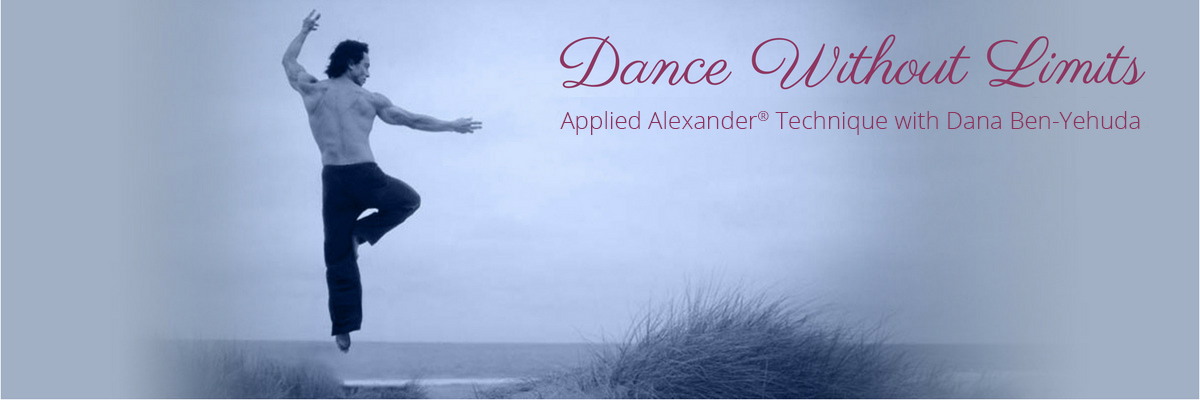Your Head Weight and Muscular Tension in Dance
Hello my friends!
I was out dancing socially and talking with a friend about things each of us is learning, and how we use the body in dance.
Dancers talking about dance…
I was trying to describe why the head is so important in dance and why the fact that it is heavy is a critical factor.
Seriously, your head is heavy. Next time you go to the supermarket, pick up a gallon bottle of water and hold it with one hand, up in front of your body at chest level.
Feel how heavy that is?
Your head is even heavier….
When it is balanced lightly up on top of your neck, you don’t even feel it.
But when it’s at all off, your muscles tense up to keep it from going even further off; the body instinctively protects the head – the brain – from falling.
In a similar way, when your bones are all in alignment, the job of the muscles is to move you through space.
When you’re out of alignment, then the muscles have an additional job, to shore up your bones so you stay upright.
In essence, they tense up just to keep you upright.
Of course that makes it more work to do anything, even walk, let alone, dance.
And of course we come back to the head. It is really heavy and right up on top, so it, in turn, influences everything that’s beneath it.
When it is lightly poised, in dynamic balance in movement, then you have the possibility of the least work possible for your muscles.
When the bones of your body are also in alignment
You can have the feeling of your bones hanging.
Muscles don’t have to be scaffolding or shore up the body
He said to me, that with the energy he’s not using,
He can come into a pose and enjoy longer lines without effort.
Dance more, work less.
This is exactly what Alexander discovered about himself; he was misusing his own head weight on top of his neck, and when he figured out how to correct this imbalance, a lot of problems cleared up. He figured out principles of how the body is organized in movement. He discovered a way to have more expansion in his spine and through all his joints. His work eventually became known as Alexander Technique and has been proven effective for better movement and less pain. Drop a line and I’ll send you the studies. Really!
As a dancer and Alexander teacher, I love to help dancers solve dance problems. I really love putting it to practical good use on the dance floor. Ask me about it, I will show you!
Dana
P.S. I write about what I learn in Dana’s Dance Diary; sign up here to get the blogs and also hear about upcoming classes and workshops!
